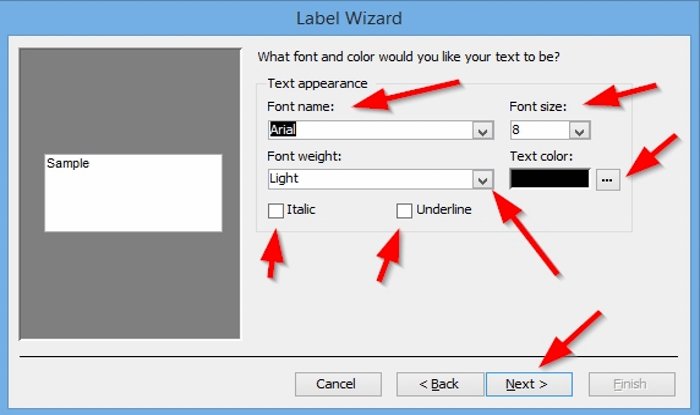


Some types of information-such as customer credit card numbers or bank transfer details-are obviously sensitive and should clearly be protected.īut in many other cases, the definition of what constitutes “classified” information varies greatly between organizations depending on business needs. Typically, data that’s sensitive should have policies in place that make it inaccessible to outside parties unless they’ve been granted explicit permission. We wanted to share what we learned, so we created this handy guide to using sensitivity labeling to secure sensitive data in Microsoft 365.īroadly speaking, sensitive data is classified information that needs to be protected from unauthorized access to mitigate business risk. Our engineers did a ton of research into container-level data protection while developing our latest ShareGate release- group sensitivity labels-and part of that process included looking at sensitivity labeling in the Microsoft 365 compliance center. These kinds of questions were constantly coming up within the ShareGate team-and became an important part of planning ShareGate, our Teams management tool. So, how do you loosen security requirements for some teams while enforcing stricter rules for others? Can you customize each team’s security settings without hindering end user productivity? In fact, applying unnecessary blanket restrictions can actually end up backfiring, negatively impacting user adoption and resulting in people turning to other, un-approved tools. You don’t need to apply the same controls to an internally shared lunch menu as you would to a highly confidential spreadsheet with info about quarterly earnings. The thing is, not all data is created equal. Related reading: Teams governance best practices for IT admins


 0 kommentar(er)
0 kommentar(er)
